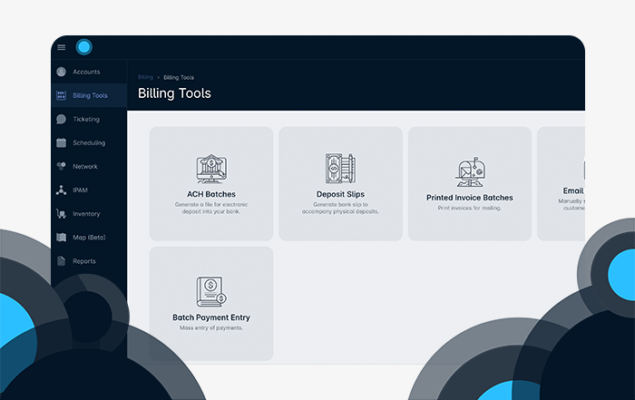Why Pop-Up Subscription Forms Are Essential for Email List Growth
Pop-up subscription forms have become a vital tool for marketers who want to grow their email list quickly and effectively. While some may worry they interrupt the user experience, when designed and timed correctly, pop-ups can significantly improve lead capture without being intrusive. The importance of pop-up subscription forms lies in their ability to attract attention, encourage action, and ultimately convert website visitors into subscribers.

One of the main benefits of pop-up forms is visibility. Unlike static sign-up forms hidden in a footer or sidebar, pop-ups appear in front of the visitor at a strategic moment—like when they’re about to leave the page or after a certain amount of time. This well-timed appearance ensures users are more likely to notice the offer and take action, helping boost subscription rates without relying on chance.
Another reason pop-up subscription forms are so effective is their flexibility and customization. You can design different forms for different pages, audiences, or campaigns. Whether offering a discount, free guide, or exclusive content, the pop-up can match the visitor’s interests or behavior. This level of targeting adds value for the user and increases the likelihood they’ll subscribe.
Pop-up forms also provide measurable results. Most tools allow you to test different versions of your form, adjust timing and placement, and track performance in real time. This means you can continually optimize your lead capture strategy and find what works best for your audience. Data-driven improvements make pop-ups a smart, scalable solution for list building.
In conclusion, the importance of pop-up subscription forms goes beyond simple design. They help capture attention at the right moment, offer tailored value to the user, and deliver consistent results. When used thoughtfully, pop-up forms become an essential part of any effective email marketing strategy, helping turn website traffic into long-term subscribers and potential customers.